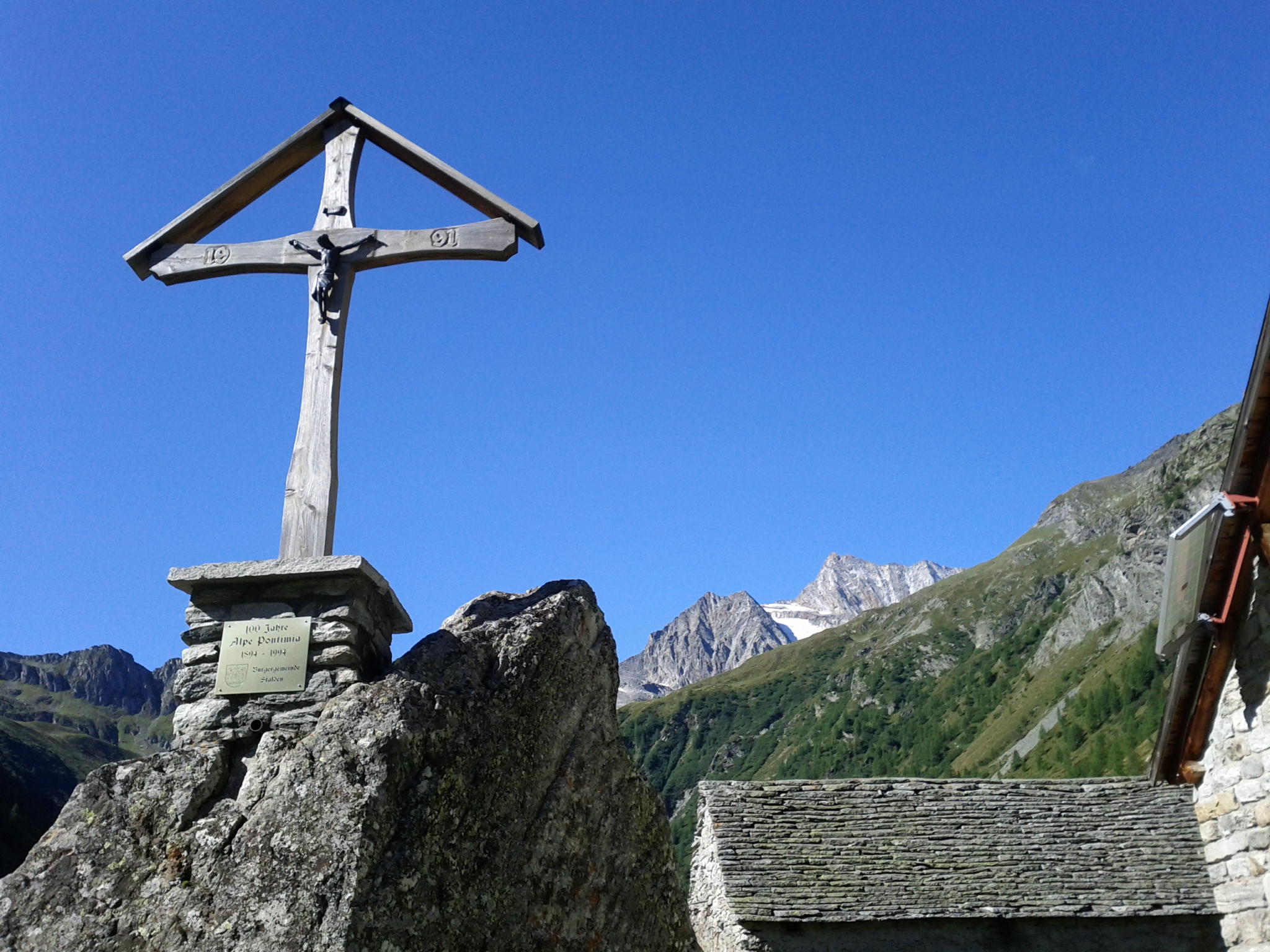
Simplon Pass, Part II
Jürg Stüssi explained that there were three great periods in the history of the Simplon Pass.
But he began these phases with Kaspar Jodok von Stockalper’s mule trail in the mid-17th century. Prior to that, people had already used this route for millennia to cross the Alps, likely back to Neolithic times. Also in recorded history by Roman legions. But it wasn’t possible to transport many goods on the difficult trails.
The first person to develop this pass into a major trading route was the genius merchant Stockalper from Brig. An extraordinarily colorful character, I would love to devote this entire space to him alone, but it would be more than we have time for. Suffice it to say that he managed to build a serviceable mule trail not just over the pass but also through the tight gorge below. Having just been there, I don’t know how he did it. Via this road he traded in salt, iron, and gold (from his own mine near Gondo), in addition to supplying mercenary armies to various feuding kingdoms. This was while the Valais was still a republic independent of Switzerland.
The second great stage for the Simplon Pass is more internationally famous. Napoleon Bonaparte built the first real road over the pass, not for trade but to transport his large canons. After conquering northern Italy, he wanted a more efficient way to get his heavy armaments across the Alps. When the Swiss refused him, he conquered Switzerland. This was in 1798, and the road was completed in 1807. It was the first carriage road to cross the Alps.
The most recent great stage was World War II, when the Simplon’s strategic position made guarding it critical to defending Switzerland from the fascist south. Mussolini sent his Alpini troops right up to the border, not just at Gondo but also to some of the high passes, like Bortellücke. According to Jürg, the Italians first wanted to seize the complete watershed up to the Simplon Pass, then likely to continue northward. So the Swiss tunneled fortresses and guns into the canyon walls of Gondo to make it impenetrable. The great stone eagle was built at Simplon Pass after the war to reflect the vigilance of Switzerland’s army guarding this road.
I could go on about Gondo and the Simplon Pass, but that’s enough for one sitting. It’s been an amazing experience to steep myself in such history. But tonight my friend John Bird arrived from Utah to accompany me in the last phase of my journey, the high peaks from here to Mont Dolent. This is big-mountain climbing territory, and I’ll be glad for his company and his presence on the other end of the rope. Now the adventure enters an entirely new phase. Let’s hope for good weather.















![The four-metre-long painting "Sonntag der Bergbauern" [Sunday of the Mountain Farmers, 1923-24/26] had to be removed by a crane from the German Chancellery in Berlin for the exhibition in Bern.](https://www.swissinfo.ch/content/wp-content/uploads/sites/13/2025/12/01_Pressebild_KirchnerxKirchner.jpg?ver=f05a5a9c)

















You can find an overview of ongoing debates with our journalists here . Please join us!
If you want to start a conversation about a topic raised in this article or want to report factual errors, email us at english@swissinfo.ch.